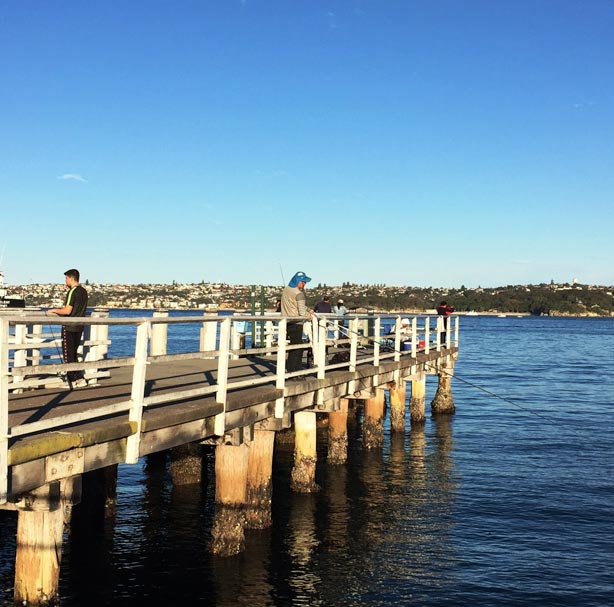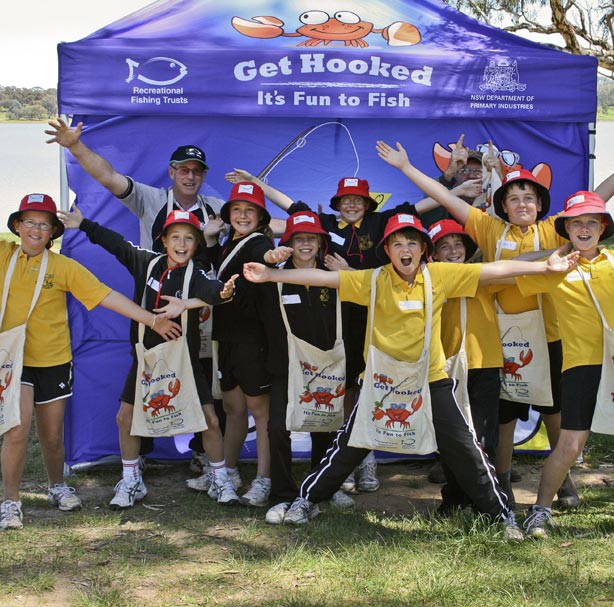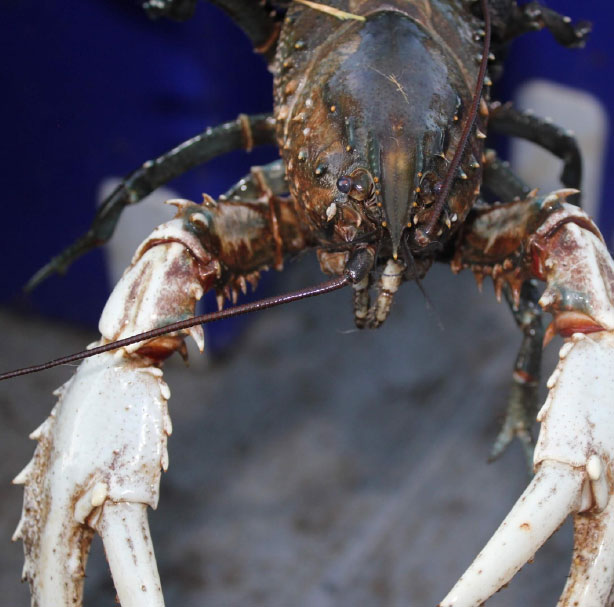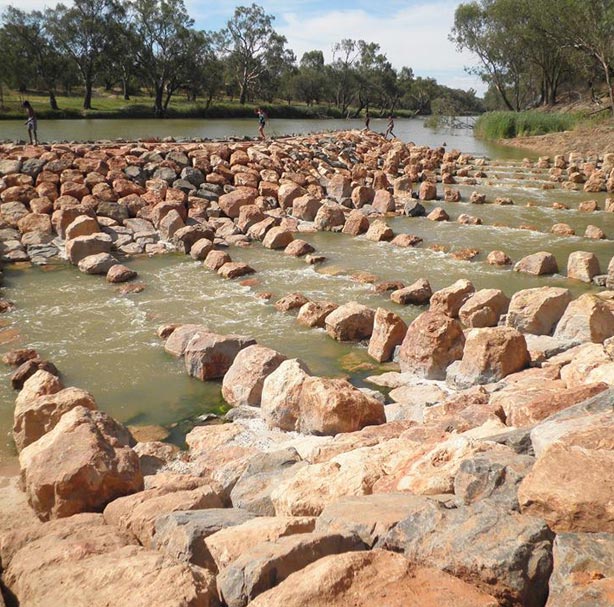
Recreational and Charter Fishing
Recreational and Charter
Fishing
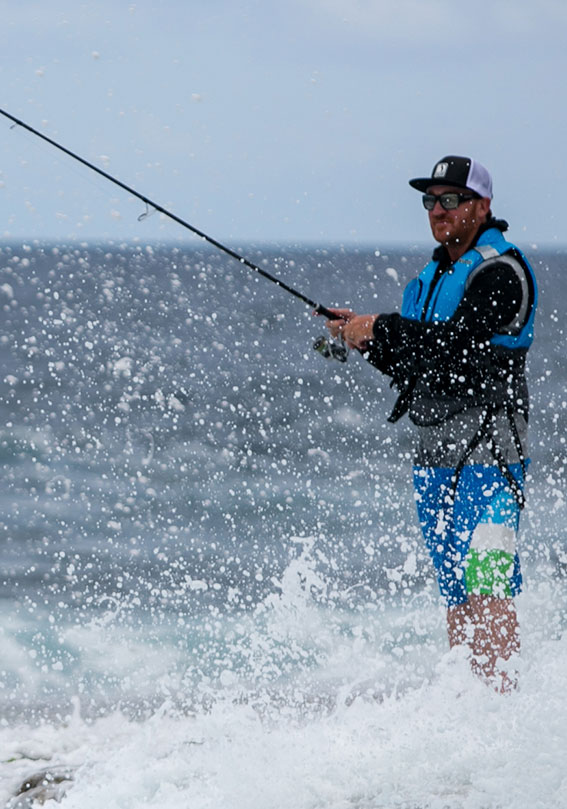
-
Expenditure $2,363m est. Up 4% yoy
-
Over 49,900 fish and other species caught recreationally in 2017–18
-
99 Recreational Fishing Trusts projects, worth $11,953,123, approved during 2017–18
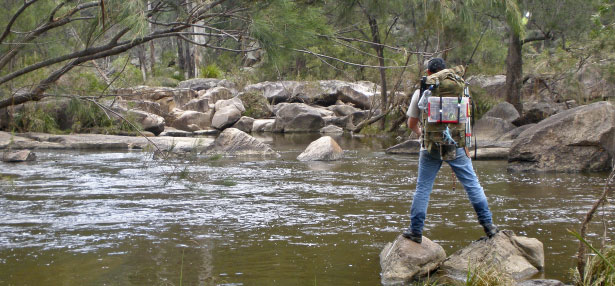
In 2018–19, fishers spent an estimated $2,363 million on recreational ($2,338 million) and charter ($24 million) fishing activities. This expenditure supports regional communities, generating a range of social and economic benefits.
| Northern Region | |
|---|---|
| Top 5 Finfish species | Retained catch |
| Snapper | 12,692 |
| Yellowtail Scad | 8,010 |
| Bluespotted Flathead | 6,663 |
| Blue Mackerel | 4,439 |
| Teraglin | 3,958 |
| Fisher days | 58,792 |
| Central Region | |
|---|---|
| Top 5 Finfish species | Retained catch |
| Bluespotted Flathead | 11,841 |
| Grey Morwong | 7,249 |
| Snapper | 4,483 |
| Sweep | 3,372 |
| Redfish | 3,075 |
| Fisher days | 16,983 |
| Southern Region | |
|---|---|
| Top 5 Finfish species | Retained catch |
| Bluespotted Flathead | 17,259 |
| Flathead (other) | 6,353 |
| Snapper | 6,320 |
| Grey morwong | 5,989 |
| Blue Mackerel | 4,442 |
| Fisher days | 10,461 |
Participation and Effort
Recreational fishing continues to be a very popular activity. During 2017–18, a statewide survey of over 434,000 long-term (one and three years) licence holders was undertaken and provided information on who went fishing, how much fishing was done, where fishing occurred and what was caught. During the 12-month survey period, more than 1,600 fishers reported close to 11,000 fishing events and a total catch of more than 49,900 fish and other species58.
The charter boat fishery also provided a platform for monitoring recreationally-caught species. Charter operators completed logbooks reporting data on catch and effort and more than 40 operators also hosted scientific observers as part of an on-board monitoring program. Information collected included fisher demographics, fishing effort, wildlife observations and fish measurements.
During 2017–18, 119 charter boat businesses operated in NSW waters and undertook almost 7,500 fishing trips. Around 86,000 anglers took charter trips, up from around 80,000 in 2016–17. With 20% of charter clients from inland regions of NSW, interstate or overseas, the sector was an important contributor to regional economies through expenditure on travel, accommodation and meals, in addition to charter fees62, 63
The combined information from these programs will contribute to the ongoing sustainable management of fisheries resources.
Catch
The charter fishing sector recorded the capture of 174 different species of finfish, cephalopods and crustaceans. The top five species caught (by number) were Bluespotted Flathead (35,800), Snapper (23,500), Grey Morwong (14,400), Yellowtail Scad (12,900) and Blue Mackerel (10,400)62, 63.
Size composition of key species harvested by the NSW charter fishery
Projects approved for funding from the Recreational Fishing Trusts in 2017-18
Recreational Fishing Trusts
Funds raised by recreational fishing fees are placed into Recreational Fishing Trusts and spent by NSW DPI, fishing clubs, organisations, councils, universities and others, across a range of projects, to improve the experience for recreational fishers in NSW. Charter boat exemption certificate fees are also paid into the trusts and allow their customers to fish without an individual fishing licence. The trusts are regulated by law and overseen by committees made up of recreational fishers64.
Under six different platforms, a total of 99 projects were approved for funding from the Recreational Fishing Trusts during 2017–18, with a total value of $11,953,12365.
During 2017–18, a total of 491,454 licences (three day, one month, one year and three year) were sold, up 2.9% year-on-year although 2.4% below the five-year average. Total licence sales, and the proportion of different licence types sold, remain remarkably consistent from year to year66.

